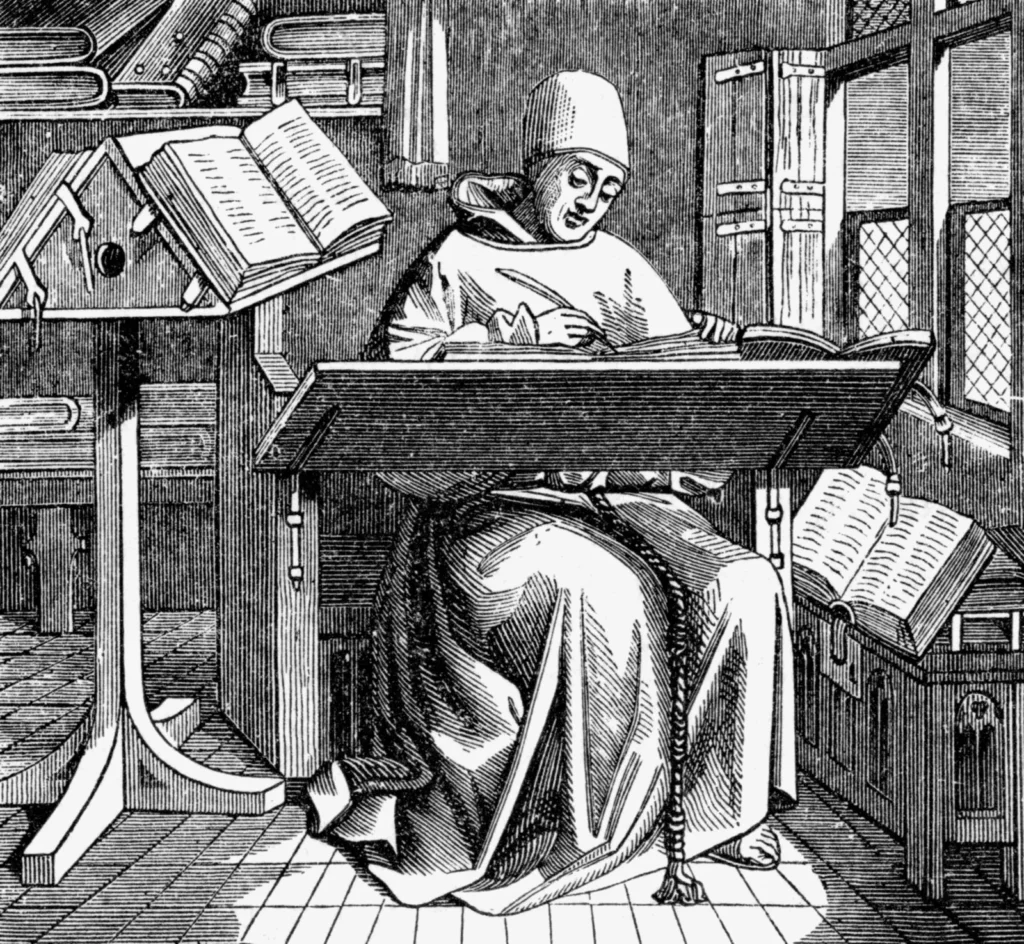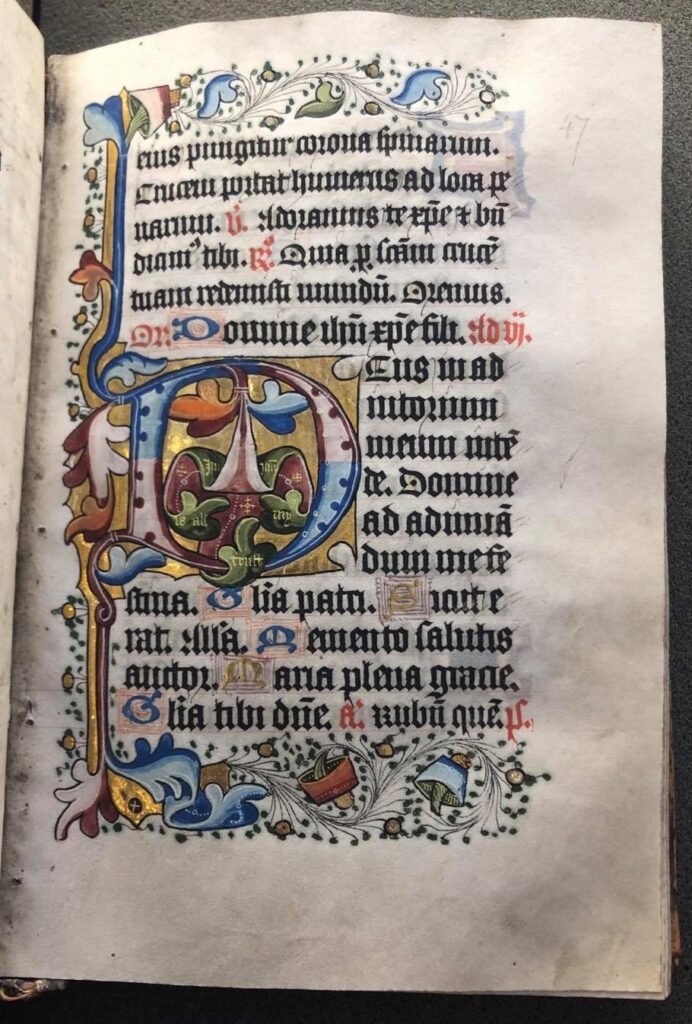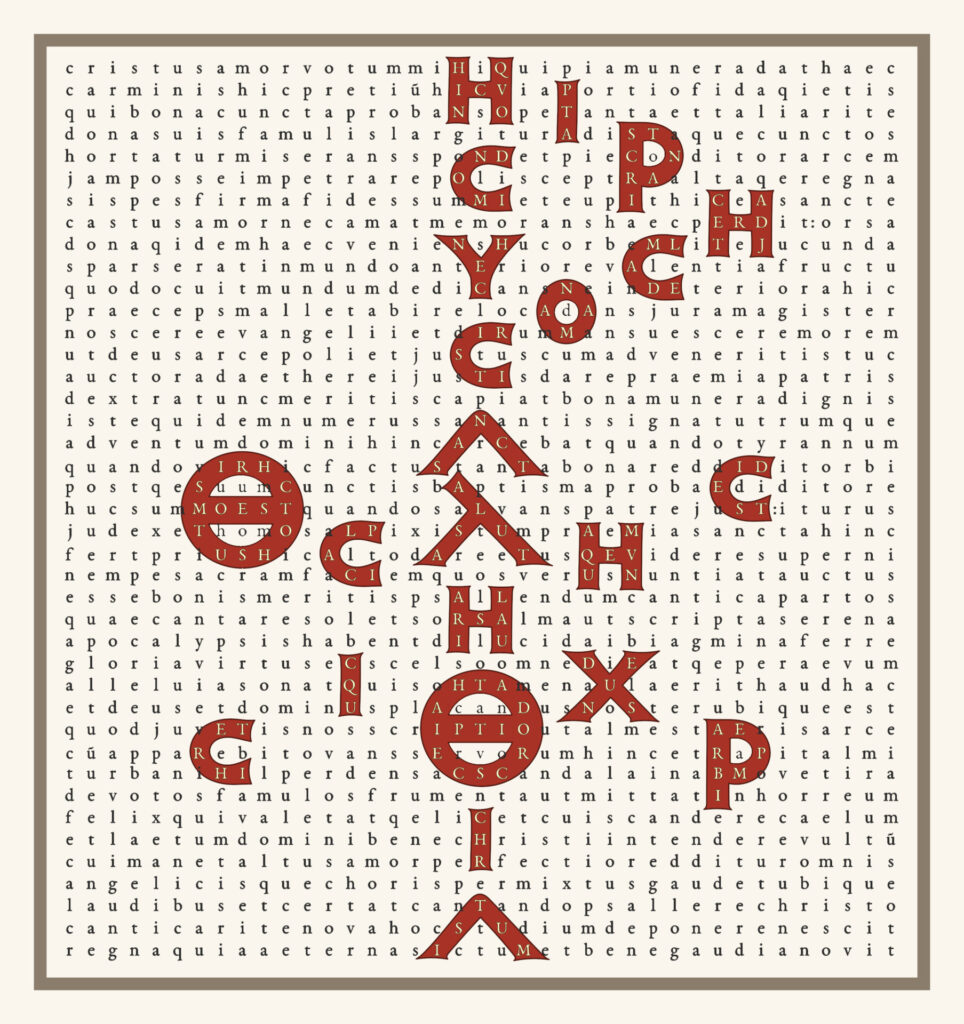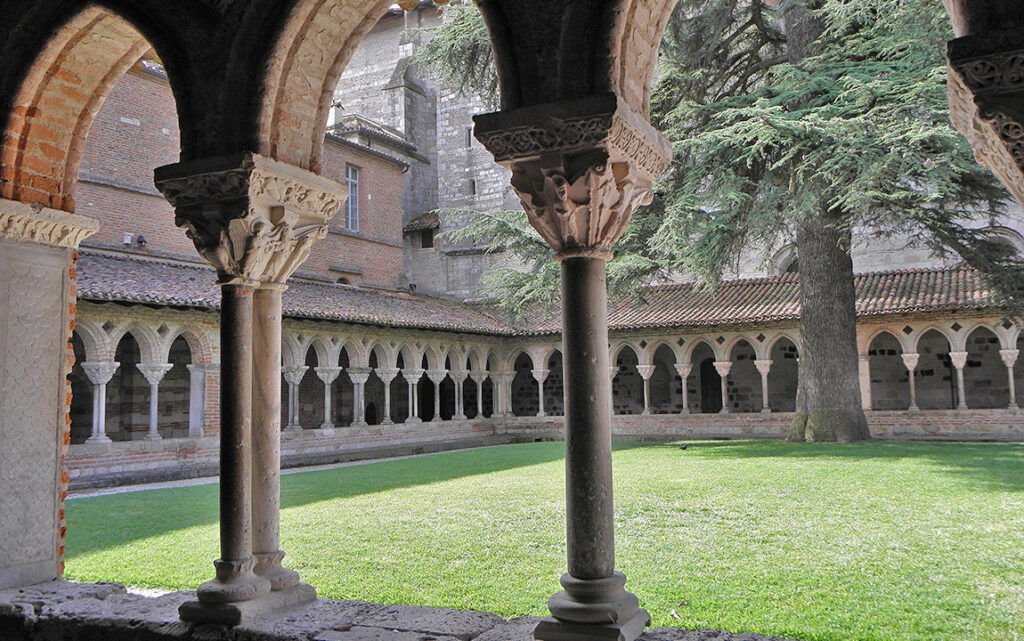In the quiet solitude of medieval monasteries, monks preserved Scripture not only through words but also through visual silence. The pages they created were reflections of their disciplined, contemplative lives—silent yet speaking profoundly through imagery and layout.
Silence as Spiritual Practice
For Benedictine monks, silence was central. The Rule of St. Benedict emphasized silence as essential for spiritual growth. This silence extended into their artistic work, where careful attention and contemplative quietness translated into beautifully balanced manuscripts. Every line, margin, and ornamental detail was crafted intentionally, reflecting inner stillness.

Visual Language Beyond Words
Medieval manuscripts relied heavily on visual cues. Ornamental initials, generous margins, and rhythmic text blocks created a visual grammar that guided readers silently. Illuminations were more than decoration—they provided theological commentary without words. A vine twisting around text, a subtle animal hidden in a margin—each detail carried spiritual significance.

Typography as Prayer
Monastic scribes viewed their work as prayer. Letters were formed deliberately, spaces measured precisely, and every element contributed to the manuscript’s visual harmony. The act of writing itself became a meditation, embedding spiritual intention into every page.

Rediscovering Monastic Visual Silence
In digitally reinterpreting medieval pages, capturing this monastic silence is essential. Typography, spacing, and minimal ornamentation must evoke the contemplative calm originally infused by monks. Modern readers encountering these digital pages can thus experience a taste of monastic quietude—reflecting, as the monks once did, on the deeper meaning behind the visual form.
Today, through careful digital homage, we honor this monastic tradition: allowing silence and visual language to speak clearly once again.

Explore related digital recreations inspired by monastic manuscripts: View the Gallery →

